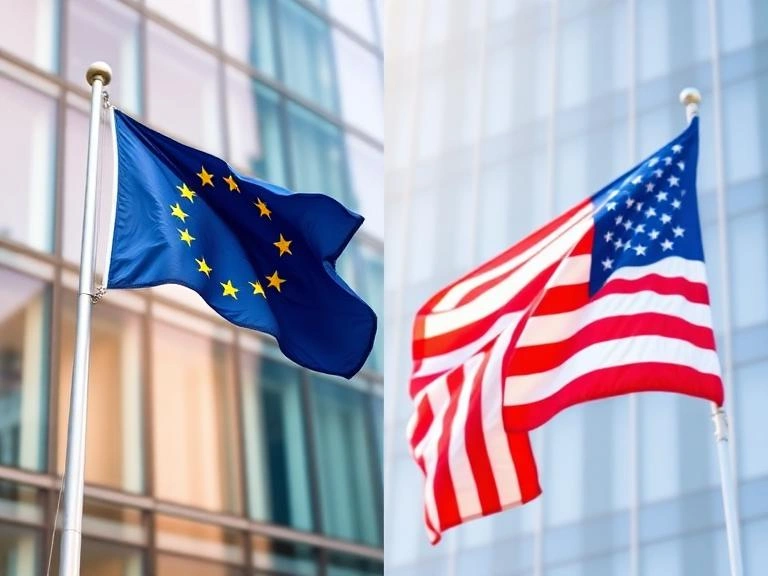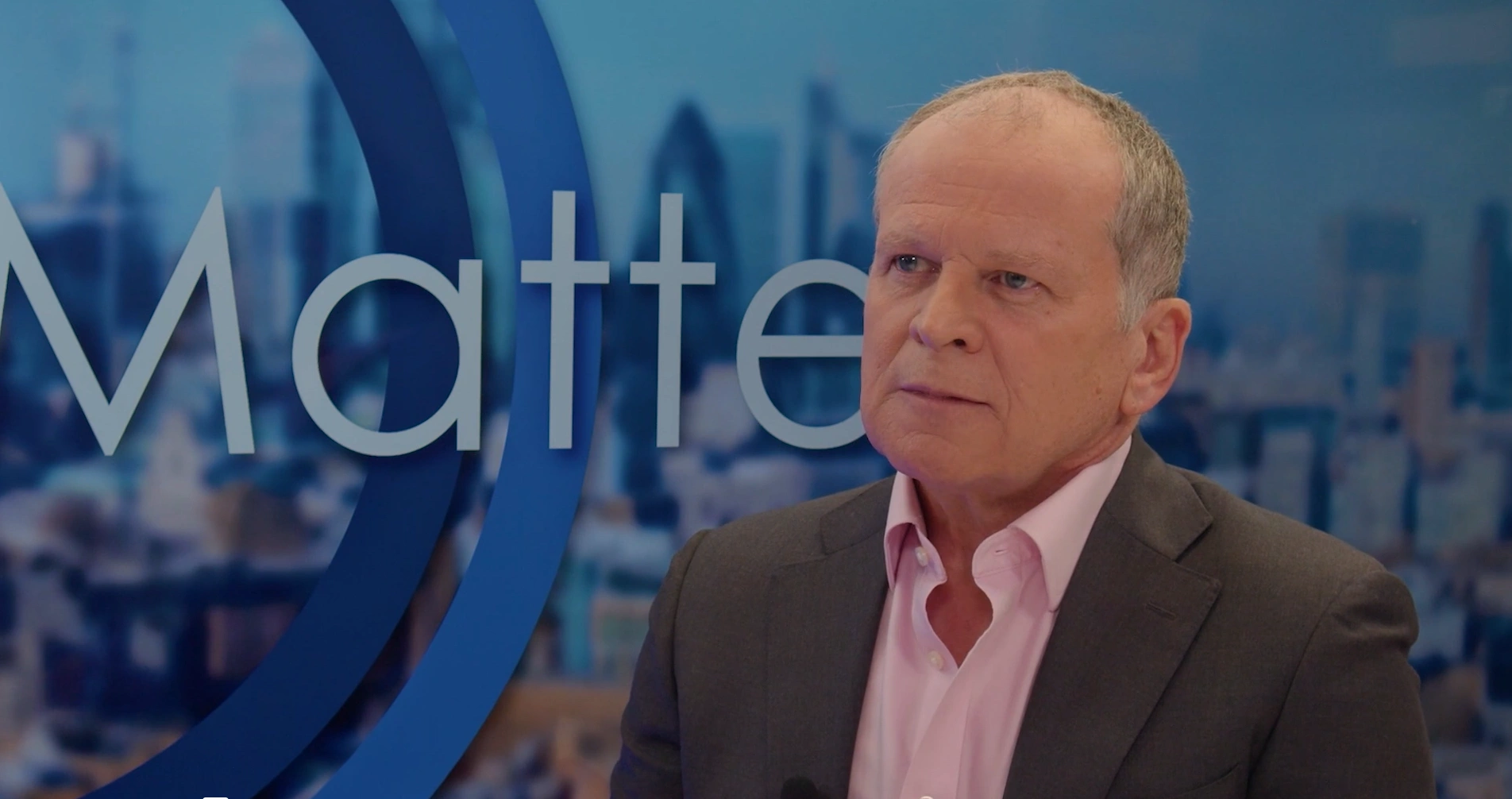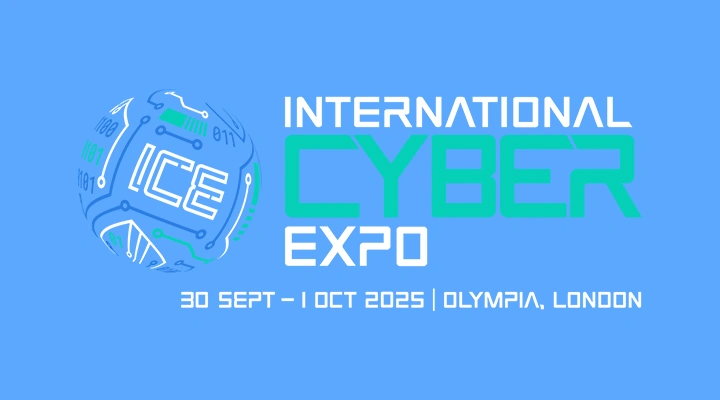The silent deal-killer: why cyber due diligence is non-negotiable in M&As

Steve Durbin
- Published
- Cybersecurity, Technology

Mergers and acquisitions can collapse overnight if hidden cyber risks are ignored. Steve Durbin, Chief Executive of the Information Security Forum, warns that cyber due diligence is now as critical as financial review
In the high stakes of mergers and acquisitions, financial due diligence is everything. We take pains to pore over balance sheets, scrutinise cash flow, and project future earnings. But there’s a critical dimension of risk that is often overlooked, and that is cybersecurity. In today’s hyper-connected, threat-saturated business environment, neglecting cyber due diligence isn’t just a risky proposition, it’s a potential deal-breaker waiting to happen.
Think about it. When you acquire a company, you’re not just buying its assets, IP, and customer base. You’re also inheriting its entire digital footprint, and all the vulnerabilities baked into it. A hidden breach, lax security practices, or unresolved compliance issues can swiftly transform a strategic acquisition into a costly liability, eroding value and damaging reputation overnight. Remember, cyber risk is business risk.
So, what does effective cyber due diligence look like? It’s far more than a checkbox exercise. It’s a deep dive into the target’s security posture, designed to answer one fundamental question: “What cyber risks are we taking onboard, and how do they impact the deal’s value and future prospects?”
Based on our work at the ISF, here’s the structured approach we advocate, balancing the need for speed with essential thoroughness:
- Governance & Policy: Does the M&A target have documented security policies? Is accountability clear? Look for a designated Chief Information Security Officer (CISO) or equivalent role, especially in larger organisations. Smaller targets might lack formal titles, but someone must be demonstrably responsible for cyber. Understand which frameworks guide them – NIST, ISO 27001, or perhaps the ISF Standard of Good Practice. This reveals their security maturity and commitment to structured risk management. Without this governance bedrock, technical controls may falter.
- Technical Controls: Without enforcement, policies are meaningless. Let’s get practical. How is sensitive data being protected? Assess their defences across key fronts:
- Endpoint & Network Security: Are systems patched? Are firewalls and intrusion detection robust?
- Cloud Security: Misconfigurations are a prime attack vector. How secure are their cloud environments?
- Identity & Access Management (IAM): This is a critical pressure point. Immature IAM systems are a leading cause of breaches. Who has access to what? How are privileges granted and revoked? Is a formal zero trust framework in operation? Is multi-factor authentication (MFA) standardised?
- Vulnerability & Threat History: Don’t shy away from asking the tough questions. Have they suffered previous security incidents or breaches? What was the impact and how was it handled? Crucially, look at their proactive measures: Is regular penetration testing part of their routine? The absence of known incidents doesn’t equate to an absence of risk; it might simply mean that risks have not yet been found.
- Compliance & Legal Liabilities: Ignorance is no defence. What regulatory frameworks bind the target? GDPR for EU data? HIPAA for healthcare? PCI-DSS for payments? Non-compliance isn’t just a penalty or fine waiting to happen; it’s operational disruption and can cause reputational harm. Are there any active cybersecurity investigations or pending legal actions? Undisclosed litigation can torpedo a deal post-signing.
The speed vs. thoroughness dilemma
Deals move fast. There’s pressure to close. But skimping on cyber due diligence is dangerous territory. Think of it as an insurance policy protecting your investment. Taking a focused, risk-based approach is just plain common sense. Prioritise based on the target’s industry, size, and the criticality of its data assets. Leverage experienced third-party assessors who can move quickly but leave no stone unturned. The goal isn’t necessarily to print out the perfect security scorecard, but to gain a real understanding of the apparent material risks and any potential financial, operational, and reputational fallout on the combined entity.
Interpreting the results: beyond the binary
The output isn’t just a pass/fail test. It’s a nuanced risk profile. Findings will likely fall into these categories:
- Deal-breakers: Active, severe breaches; massive non-compliance with immediate fines; crippling unresolved vulnerabilities.
- Significant Risks Requiring Mitigation: Major gaps such as poor identity and access management protocols or a lack of penetration testing will make it necessary to implement a post-acquisition remediation plan. Price adjustments or holdbacks may come into play.
- Opportunities for Enhancement: Areas where integration can immediately uplift the security posture of the combined enterprise.
The bottom line for leaders
Cyber due diligence is not an IT speciality but a core component of strategic financial and risk assessment. Failing to integrate it into the M&A process is like buying a building without doing a structural engineering survey. The hidden cracks can bring the whole house down.
Consider an acquisition where undiscovered ransomware lies dormant, only to detonate months after integration, crippling operations. Or the regulatory fines inherited from a target’s noncompliance that dwarf the due diligence cost. Or the erosion of customer trust following a breach that is traced back to the acquired entity’s failure to follow cybersecurity best practice.
As leaders navigating complex deals, we must demand cyber due diligence with the same rigour applied to financials. Understand the risks you inherit. Factor them into valuation and negotiation. Build remediation into integration plans. Only then can we ensure that our strategic acquisition truly delivers its promised value, secure in the knowledge that we haven’t inadvertently bought a ticking time bomb. Make cyber due diligence as standard as checking the books.

Steve Durbin is Chief Executive of the Information Security Forum, an independent association dedicated to investigating, clarifying, and resolving key issues in information security and risk management by developing best practice methodologies, processes, and solutions that meet the business needs of its members. ISF membership comprises the Fortune 500 and Forbes 2000.
Further information
To find out more about ISF’s research, best practice standards and global membership network, visit www.securityforum.org
Read More: ‘ISF warns of a ‘corporate model’ of cybercrime as criminals outpace business defences‘. Cybercrime has matured into an industry that mirrors legitimate enterprise, complete with supply chains and customer service. The industrialisation of hacking, amplified by artificial intelligence, demands a total rethink of how organisations manage people, technology and risk, warns Steve Durbin of the Information Security Forum.
Do you have news to share or expertise to contribute? The European welcomes insights from business leaders and sector specialists. Get in touch with our editorial team to find out more.
Sign up to The European Newsletter
RECENT ARTICLES
-
 Europe emphasises AI governance as North America moves faster towards autonomy, Digitate research shows
Europe emphasises AI governance as North America moves faster towards autonomy, Digitate research shows -
 Surgeons just changed medicine forever using hotel internet connection
Surgeons just changed medicine forever using hotel internet connection -
 Curium’s expansion into transformative therapy offers fresh hope against cancer
Curium’s expansion into transformative therapy offers fresh hope against cancer -
 What to consider before going all in on AI-driven email security
What to consider before going all in on AI-driven email security -
 GrayMatter Robotics opens 100,000-sq-ft AI robotics innovation centre in California
GrayMatter Robotics opens 100,000-sq-ft AI robotics innovation centre in California -
 The silent deal-killer: why cyber due diligence is non-negotiable in M&As
The silent deal-killer: why cyber due diligence is non-negotiable in M&As -
 South African students develop tech concept to tackle hunger using AI and blockchain
South African students develop tech concept to tackle hunger using AI and blockchain -
 Automation breakthrough reduces ambulance delays and saves NHS £800,000 a year
Automation breakthrough reduces ambulance delays and saves NHS £800,000 a year -
 ISF warns of a ‘corporate model’ of cybercrime as criminals outpace business defences
ISF warns of a ‘corporate model’ of cybercrime as criminals outpace business defences -
 New AI breakthrough promises to end ‘drift’ that costs the world trillions
New AI breakthrough promises to end ‘drift’ that costs the world trillions -
 Watch: driverless electric lorry makes history with world’s first border crossing
Watch: driverless electric lorry makes history with world’s first border crossing -
 UK and U.S unveil landmark tech pact with £250bn investment surge
UK and U.S unveil landmark tech pact with £250bn investment surge -
 International Cyber Expo to return to London with global focus on digital security
International Cyber Expo to return to London with global focus on digital security -
 Cybersecurity talent crunch drives double-digit pay rises as UK firms count cost of breaches
Cybersecurity talent crunch drives double-digit pay rises as UK firms count cost of breaches -
 Investors with €39bn AUM gather in Bologna to back Italy’s next tech leaders
Investors with €39bn AUM gather in Bologna to back Italy’s next tech leaders -
 Axians and Nokia expand partnership to strengthen communications infrastructure across EMEA
Axians and Nokia expand partnership to strengthen communications infrastructure across EMEA -
 Forterro buys Spain’s Inology to expand southern Europe footprint
Forterro buys Spain’s Inology to expand southern Europe footprint -
 Singapore student start-up wins $1m Hult Prize for education platform
Singapore student start-up wins $1m Hult Prize for education platform -
 UK businesses increase AI investment despite economic uncertainty, Barclays index finds
UK businesses increase AI investment despite economic uncertainty, Barclays index finds -
 Speed-driven email security: effective tactics for phishing mitigation
Speed-driven email security: effective tactics for phishing mitigation -
 Short circuit: humanoids go for gold at first 'Olympics for robots'
Short circuit: humanoids go for gold at first 'Olympics for robots' -
 New IBM–NASA AI aims to forecast solar flares before they knock out satellites or endanger astronauts
New IBM–NASA AI aims to forecast solar flares before they knock out satellites or endanger astronauts -
 AI is powering the most convincing scams you've ever seen
AI is powering the most convincing scams you've ever seen -
 British firm Skyral to help Mongolia tackle pollution with AI traffic modelling
British firm Skyral to help Mongolia tackle pollution with AI traffic modelling -
 The nuclear medicine breakthrough transforming cancer care
The nuclear medicine breakthrough transforming cancer care


























